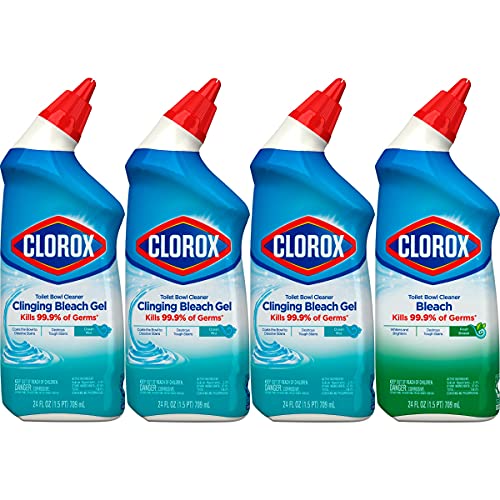Are you concerned about the impact certain toilet bowl cleaners may have on your septic system? In this article, we will explore the subject of septic safe toilet bowl cleaners and discuss the importance of choosing the right product to ensure the longevity and proper functioning of your septic system. With a wide variety of options available in the market, it is crucial to understand which cleaners are specifically formulated to be septic safe. So, let’s delve into the topic and discover the best choices for keeping your toilet clean without compromising your septic system.
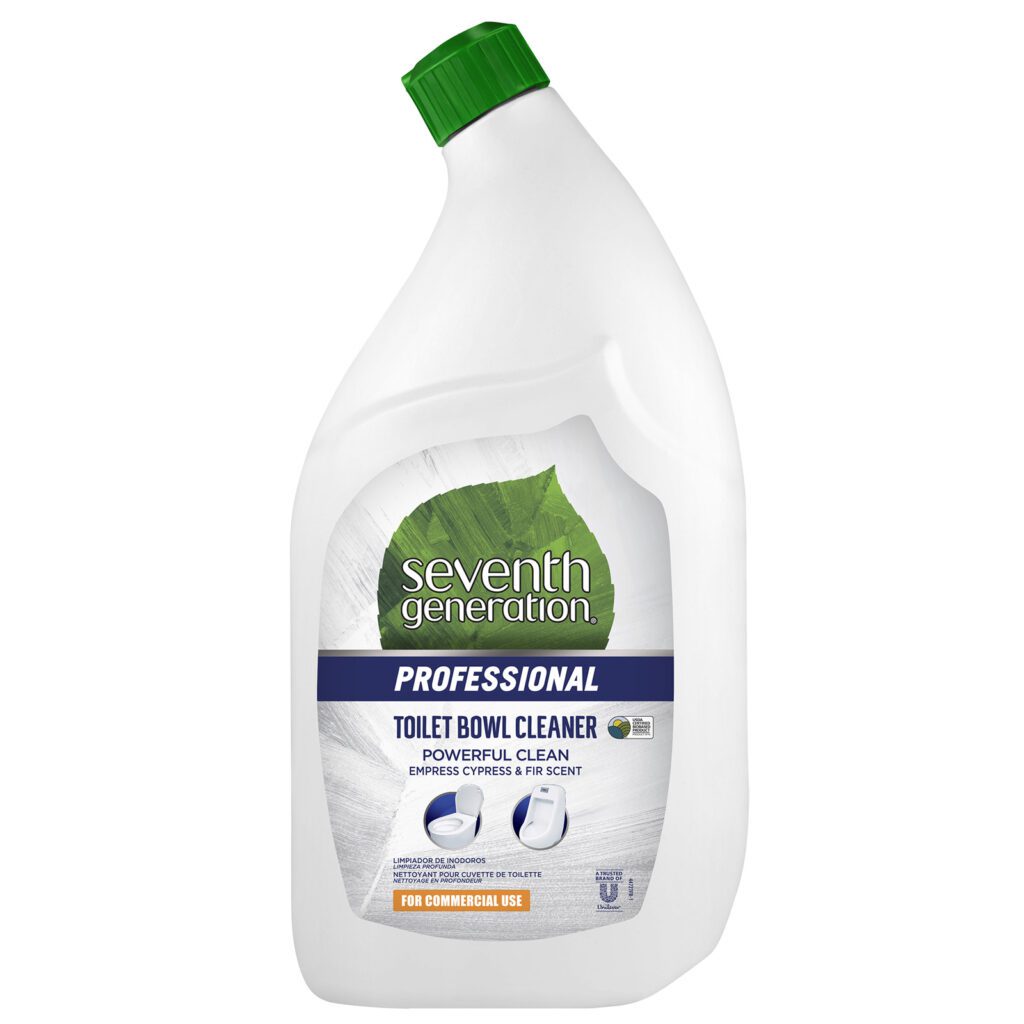
1. Understanding Septic Systems
1.1 How Septic Systems Work
When it comes to understanding septic systems, it’s important to start with the basics. A septic system is an onsite wastewater treatment system that is commonly used in rural areas. It consists of a septic tank and a drainfield, and its primary function is to safely and effectively treat and dispose of household wastewater.
The process begins when wastewater from your toilets, sinks, showers, and other household sources enters the septic tank. The tank is designed to separate solids from liquids, allowing the solids to settle at the bottom and forming a layer of scum on top. The liquid, or effluent, is then discharged into the drainfield where it percolates through the soil, undergoes further treatment, and eventually returns to the groundwater or nearby surface water.
1.2 Importance of Using Septic Safe Cleaners
Using septic safe cleaners is crucial to the proper functioning and longevity of your septic system. Traditional household cleaners, especially toilet bowl cleaners, often contain harsh chemicals that can kill the beneficial bacteria in your septic tank. These bacteria are responsible for breaking down and digesting the solid waste, ensuring the efficient operation of the system.
By using septic safe cleaners, you can maintain a healthy balance of bacteria in your septic tank, allowing it to effectively treat wastewater and prevent costly issues such as blockages, backups, and even system failure. Furthermore, septic safe cleaners are also better for the environment, as they minimize the release of harmful chemicals into groundwater and local water sources.
2. Factors to Consider When Choosing Septic-Safe Toilet Bowl Cleaners
When it comes to choosing septic-safe toilet bowl cleaners, there are several important factors to consider. By keeping these factors in mind, you can ensure that you’re using a product that is both effective at cleaning your toilet bowl and safe for your septic system.
2.1 Ingredients
The first factor to consider is the ingredients used in the toilet bowl cleaner. Ideally, you want to choose a cleaner that is free from harsh chemicals such as chlorine, ammonia, and phosphates. These chemicals can not only harm the beneficial bacteria in your septic tank but also contribute to water pollution when they are released into the environment.
Look for cleaners that are made from natural ingredients or those that have been specifically formulated to be septic safe. Ingredients like citric acid, plant-based surfactants, and essential oils are often found in septic-safe toilet bowl cleaners and are effective at removing stains and odors without compromising the health of your septic system.
2.2 pH Level
The pH level of a toilet bowl cleaner is another important consideration. Septic systems operate optimally in a slightly acidic to neutral pH range. Using a cleaner with a pH level that is too high or too low can disrupt the natural balance in your septic tank, affecting the effectiveness of the beneficial bacteria.
When choosing a septic-safe toilet bowl cleaner, look for products that have a pH level between 6 and 8. This will help maintain the proper pH balance in your septic tank.
2.3 Biodegradability
The biodegradability of a toilet bowl cleaner is an essential factor to consider, not just for the health of your septic system but also for the environment. Biodegradable cleaners break down naturally over time, without leaving behind harmful residue or chemicals.
To determine the biodegradability of a cleaner, look for certifications such as the Biodegradable Products Institute (BPI) certification or the EPA Safer Choice label. These certifications indicate that the product has undergone testing and meets specific standards for biodegradability.
2.4 Certification
In addition to considering the ingredients, pH level, and biodegradability, it’s also worth looking out for certifications that indicate a toilet bowl cleaner is safe for septic systems. Some manufacturers may voluntarily have their products tested and certified by independent organizations that specialize in evaluating septic system safety.
Look for certifications such as “Septic Safe” or “Safe for Septic Systems” on the packaging. These certifications provide peace of mind that the product has been rigorously tested and proven to be safe for use in conjunction with septic systems.
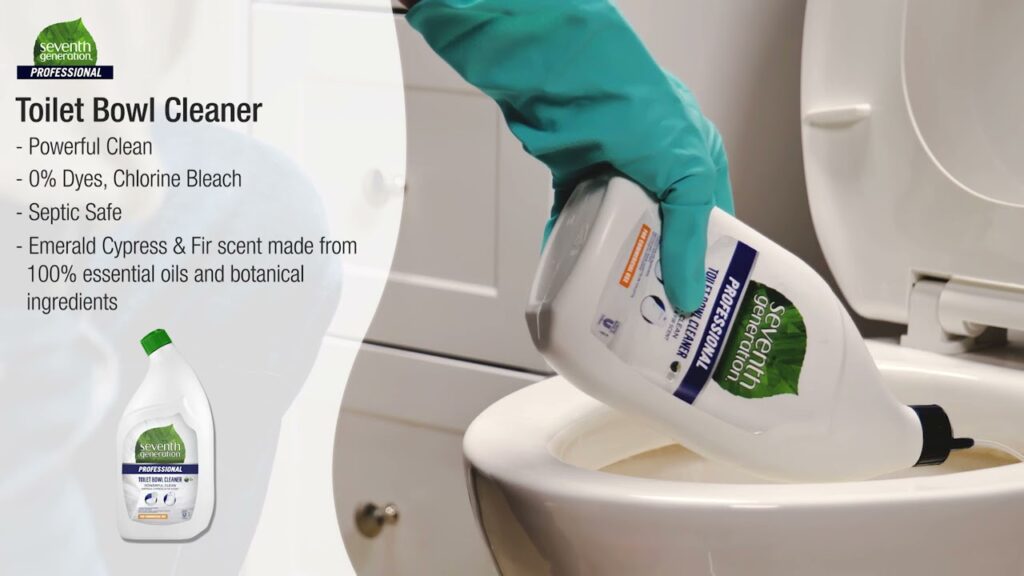
3. Types of Septic-Safe Toilet Bowl Cleaners
Now that we’ve covered the factors to consider when choosing septic-safe toilet bowl cleaners, let’s delve into the different types of cleaners that meet these criteria.
3.1 Natural or Homemade Cleaners
Natural or homemade toilet bowl cleaners are a popular option for those who prefer to use products with minimal or no chemicals. These cleaners typically utilize ingredients such as vinegar, baking soda, lemon juice, and essential oils to effectively clean and sanitize toilets.
Vinegar and baking soda, when combined, create a powerful fizzy reaction that helps break down stains and eliminate odors. Lemon juice and borax can be mixed to form a paste that tackles tough stains. Hydrogen peroxide and tea tree oil are also known for their natural disinfectant properties and can be combined to create a powerful cleaner.
The advantage of natural or homemade cleaners is that they are often inexpensive and environmentally friendly. However, it’s important to note that these cleaners may not have undergone the same rigorous testing and certification process as commercial products.
3.2 Enzyme-based Cleaners
Enzyme-based toilet bowl cleaners are designed to harness the power of naturally occurring enzymes to break down organic matter and eliminate odors. These cleaners contain enzymes that digest the waste in your toilet bowl, leaving it clean and fresh.
Enzyme-based cleaners are particularly effective for removing stains and odors caused by organic matter, such as urine and feces. They are also gentle on your septic system and won’t disrupt the natural bacterial balance.
3.3 Bioactive Cleaners
Bioactive toilet bowl cleaners contain a specialized blend of bacteria and enzymes that actively work to break down waste and eliminate odors. These cleaners introduce additional bacteria into your septic system, enhancing its natural decomposition process.
Bioactive cleaners are highly effective at removing tough stains and odors, and they can help restore and maintain a healthy bacterial balance in your septic tank.
4. Recommended Septic-Safe Toilet Bowl Cleaners
With the understanding of the types of septic-safe toilet bowl cleaners available, let’s explore some recommended brands that meet the necessary criteria.
4.1 Brand A
Brand A offers a range of septic-safe toilet bowl cleaners, specifically formulated with natural ingredients and biodegradable formulas. These cleaners effectively remove stains and odors without the use of harsh chemicals, making them safe for your septic system.
4.2 Brand B
Brand B’s enzyme-based toilet bowl cleaners have gained popularity due to their exceptional stain and odor removal capabilities. These cleaners harness the power of enzymes to break down organic matter, making them ideal for septic systems.
4.3 Brand C
Brand C’s bioactive toilet bowl cleaners are a top choice for those looking to enhance the natural decomposition process in their septic tanks. These cleaners introduce additional bacteria and enzymes to aid in waste breakdown and odor elimination, ensuring optimal septic system performance.
It’s important to note that while these brands are recommended, it’s still essential to carefully read and follow the instructions provided by each manufacturer to ensure proper usage and septic system compatibility.
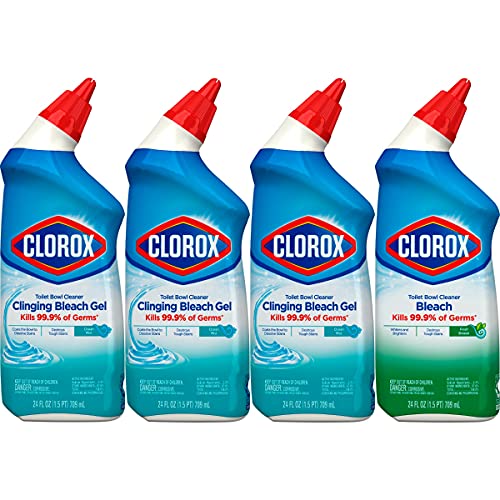
5. DIY Septic-Safe Toilet Bowl Cleaner Recipes
For those who prefer to make their own cleaning products, here are three DIY septic-safe toilet bowl cleaner recipes using common household ingredients.
5.1 Recipe 1: Vinegar and Baking Soda
- Ingredients:
- 1 cup of white vinegar
- 1 cup of baking soda
Combine the white vinegar and baking soda to form a paste. Apply the paste to the inside of the toilet bowl, including under the rim. Let it sit for 15 minutes, then scrub with a toilet brush and flush.
5.2 Recipe 2: Lemon Juice and Borax
- Ingredients:
- Juice of 2 lemons
- 1/2 cup of borax
Mix the lemon juice and borax to create a paste. Apply the paste to the toilet bowl, allowing it to sit for 30 minutes. Scrub with a toilet brush and flush.
5.3 Recipe 3: Hydrogen Peroxide and Tea Tree Oil
- Ingredients:
- 1/2 cup of hydrogen peroxide
- 10 drops of tea tree oil
Mix the hydrogen peroxide and tea tree oil in a spray bottle. Spray the inside of the toilet bowl, focusing on any stains or odors. Let it sit for 10 minutes, then scrub and flush.
Remember to wear gloves and exercise caution when using these DIY cleaners. While they are considered septic safe, it’s always a good idea to test a small area first and ensure compatibility with your specific septic system.
6. Tips for Proper Maintenance of Septic Systems
Using septic-safe toilet bowl cleaners is just one aspect of maintaining a healthy septic system. Here are some additional tips to keep your septic system functioning optimally:
6.1 Regular Pumping and Inspection
It’s important to have your septic tank pumped and inspected by a professional on a regular basis. The frequency of pumping depends on the size of your household and the capacity of the tank, but a general guideline is every 3 to 5 years.
Regular pumping removes solid sludge from the tank, preventing it from clogging the drainfield and causing system failure. Inspections can identify any potential issues early on and allow for necessary repairs or maintenance.
6.2 Water Conservation
Conserving water is essential for the health of your septic system. Excessive water usage can overwhelm the system, preventing it from adequately treating wastewater.
To conserve water, consider installing low-flow fixtures and appliances, fixing any leaks promptly, and spreading out water usage throughout the day. Avoid excessive water usage all at once, such as doing multiple loads of laundry or taking long showers, as this can strain your septic system.
6.3 Avoiding Harsh Chemicals
In addition to using septic-safe toilet bowl cleaners, it’s important to avoid introducing harsh chemicals into your septic system. This includes cleaning products, drain cleaners, and even certain personal care products.
These chemicals can disrupt the natural bacterial balance in your septic tank and hinder its ability to effectively treat wastewater. Opt for environmentally friendly alternatives and avoid pouring chemicals down the drain whenever possible.
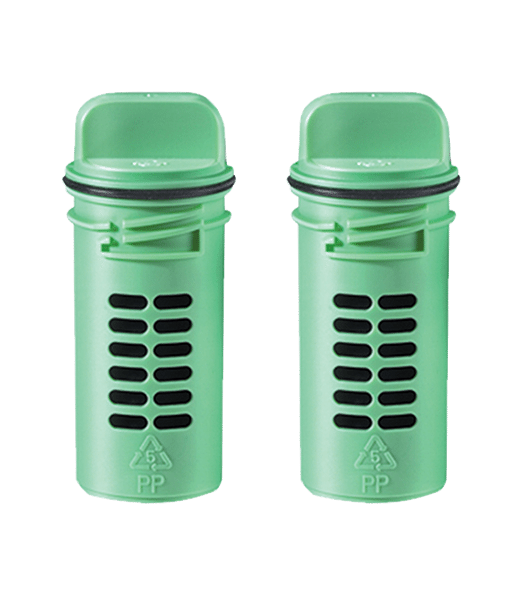
7. Common Mistakes to Avoid When Using Toilet Bowl Cleaners
To ensure the longevity and effectiveness of your septic system, it’s important to avoid common mistakes when using toilet bowl cleaners.
7.1 Overusing Cleaners
Using excessive amounts of toilet bowl cleaner won’t make your toilet any cleaner and can actually harm your septic system. Follow the manufacturer’s instructions and use the recommended amount of cleaner.
Remember that septic systems rely on a delicate balance of bacteria, so using too much cleaner can disrupt this balance and lead to issues with your system.
7.2 Mixing Different Cleaners
Mixing different toilet bowl cleaners can produce hazardous chemical reactions and release toxic fumes. It’s important to never mix different cleaners, even if they are both labeled as septic safe.
Stick to using one cleaner at a time and ensure that it is compatible with your septic system. If in doubt, refer to the manufacturer’s instructions or consult a professional.
7.3 Ignoring Manufacturer’s Instructions
Always read and follow the manufacturer’s instructions when using toilet bowl cleaners. Each product is formulated differently, and failing to use it as directed can result in insufficient cleaning or negative effects on your septic system.
Before using a new cleaner, take the time to read the instructions carefully to ensure that you are using it correctly and safely.
8. Additional Precautions for Septic-Safe Cleaning
In addition to using septic-safe toilet bowl cleaners and avoiding common mistakes, there are a few extra precautions you can take to ensure the safety and effectiveness of your cleaning routine.
8.1 Proper Disposal of Cleaning Products
When disposing of cleaning products, it’s important to do so in a responsible and environmentally friendly manner. Avoid pouring cleaning products down the drain or toilet, as they can end up in your septic system or local water sources.
Instead, dispose of cleaning products according to local guidelines. This may involve taking them to a designated hazardous waste facility or recycling center.
8.2 Using Toilet Paper Wisely
Using excessive amounts of toilet paper can strain your septic system, leading to clogs and backups. To avoid these issues, use only the necessary amount of toilet paper and opt for septic-safe, biodegradable toilet paper.
Avoid flushing other items down the toilet, such as wipes, feminine hygiene products, or paper towels, as they are not designed to break down easily and can cause obstructions in your septic system.
8.3 Avoiding Antibacterial Cleaners
While it may be tempting to use antibacterial cleaners to ensure a germ-free toilet, it’s important to avoid them for the sake of your septic system. Antibacterial cleaners can harm the beneficial bacteria in your septic tank, reducing its ability to effectively treat wastewater.
Instead, focus on proper cleaning techniques and using septic-safe cleaners to maintain a clean and healthy toilet.

9. Understanding the Environmental Impact of Toilet Bowl Cleaners
Toilet bowl cleaners, especially those that are not septic safe, can have a significant impact on the environment. Understanding this impact can further emphasize the importance of choosing septic-safe options.
9.1 Harmful Ingredients and their Effects
Many conventional toilet bowl cleaners contain harmful ingredients such as chlorine, ammonia, and phosphates. These chemicals can have detrimental effects on aquatic life and ecosystems when they enter water sources.
Chlorine, for example, is known to cause reproductive and respiratory issues in fish. Phosphates can contribute to excessive algae growth and disrupt the balance of aquatic ecosystems.
By choosing septic-safe cleaners, you can minimize the release of these harmful ingredients into the environment and help protect water sources and wildlife.
9.2 Importance of Choosing Eco-Friendly Products
Choosing eco-friendly and septic-safe toilet bowl cleaners goes hand in hand with reducing your environmental impact. These products are often made from biodegradable ingredients that break down naturally, minimizing the accumulation of harmful chemicals in the environment.
Using septic-safe cleaners also helps prevent pollution of water sources, as they are specifically designed to be safe for septic systems. By making conscious choices when it comes to cleaning products, you can contribute to a cleaner and healthier environment for future generations.
10. Conclusion
Septic systems play a vital role in effectively treating and disposing of household wastewater. By understanding how septic systems work and the importance of using septic-safe toilet bowl cleaners, you can ensure the longevity and efficient operation of your septic system.
When choosing septic-safe toilet bowl cleaners, consider factors such as ingredients, pH level, biodegradability, and certification. Types of septic-safe cleaners include natural or homemade cleaners, enzyme-based cleaners, and bioactive cleaners.
Recommended septic-safe toilet bowl cleaner brands include Brand A, Brand B, and Brand C, which offer effective cleaning power without compromising the health of your septic system.
If you prefer to make your own cleaner, there are several DIY recipes using ingredients such as vinegar, baking soda, lemon juice, borax, hydrogen peroxide, and tea tree oil.
Proper maintenance of your septic system, including regular pumping and inspection, water conservation, and avoiding harsh chemicals, is crucial for its optimal performance.
By avoiding common mistakes when using toilet bowl cleaners, taking additional precautions for septic-safe cleaning, and understanding the environmental impact of toilet bowl cleaners, you can make informed choices that protect both your septic system and the environment.
Ultimately, choosing septic-safe toilet bowl cleaners is not only beneficial for your septic system but also contributes to a healthier, more sustainable planet.
